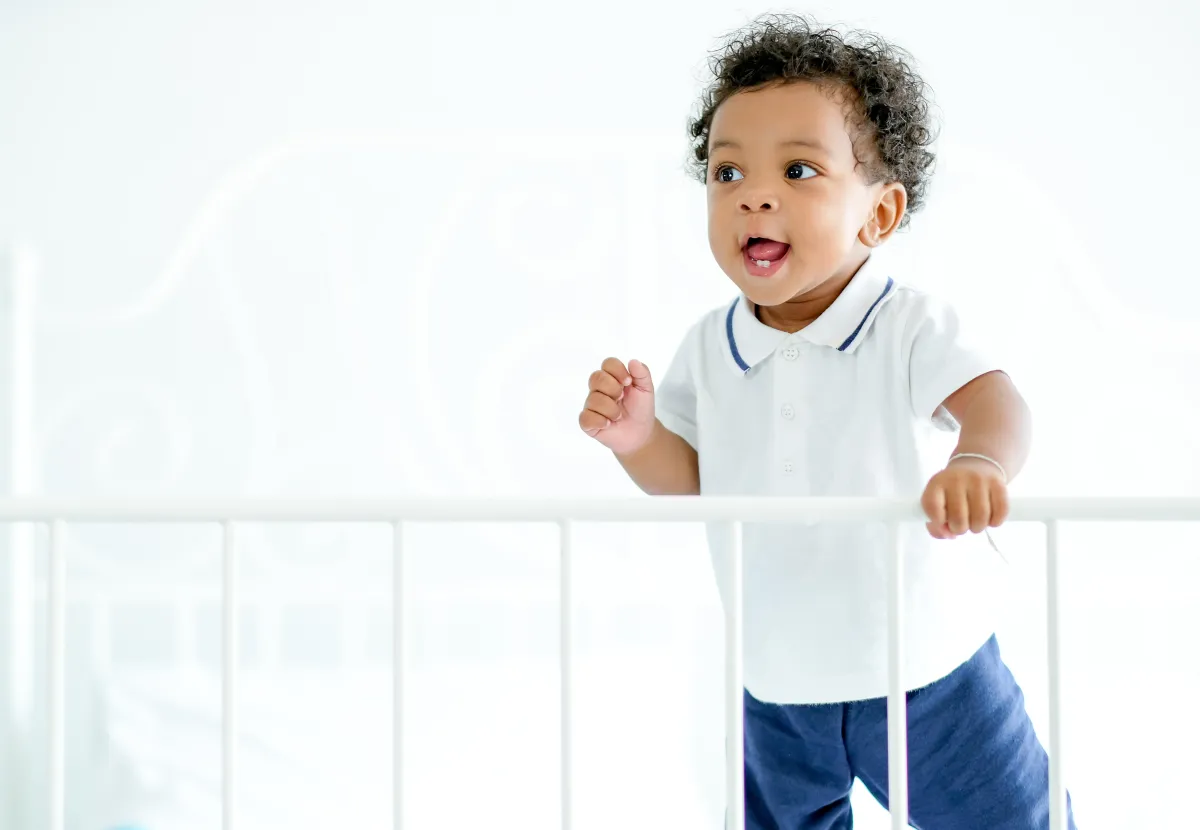
Safe and Sound: Childproofing Your Home for the Little Explorer
Safe and Sound: Childproofing Your Home for the Little Explorer
As your tiny tots turn into little explorers, it's crucial to create a safe space for them to learn and grow. Curiosity is a big part of childhood, but it often leads kids into uncharted (and sometimes unsafe) territories within your own home. That's why I'm here to guide you through childproofing your home, ensuring it's a safe haven for your adventurous little ones.
Checklist for Childproofing Your Home:
Secure Heavy Furniture and TVs: Anchor dressers, bookshelves, and TVs to the wall. Little climbers can easily tip these over. Remember, even furniture that seems sturdy can become a tipping hazard when a curious toddler tries to climb it.
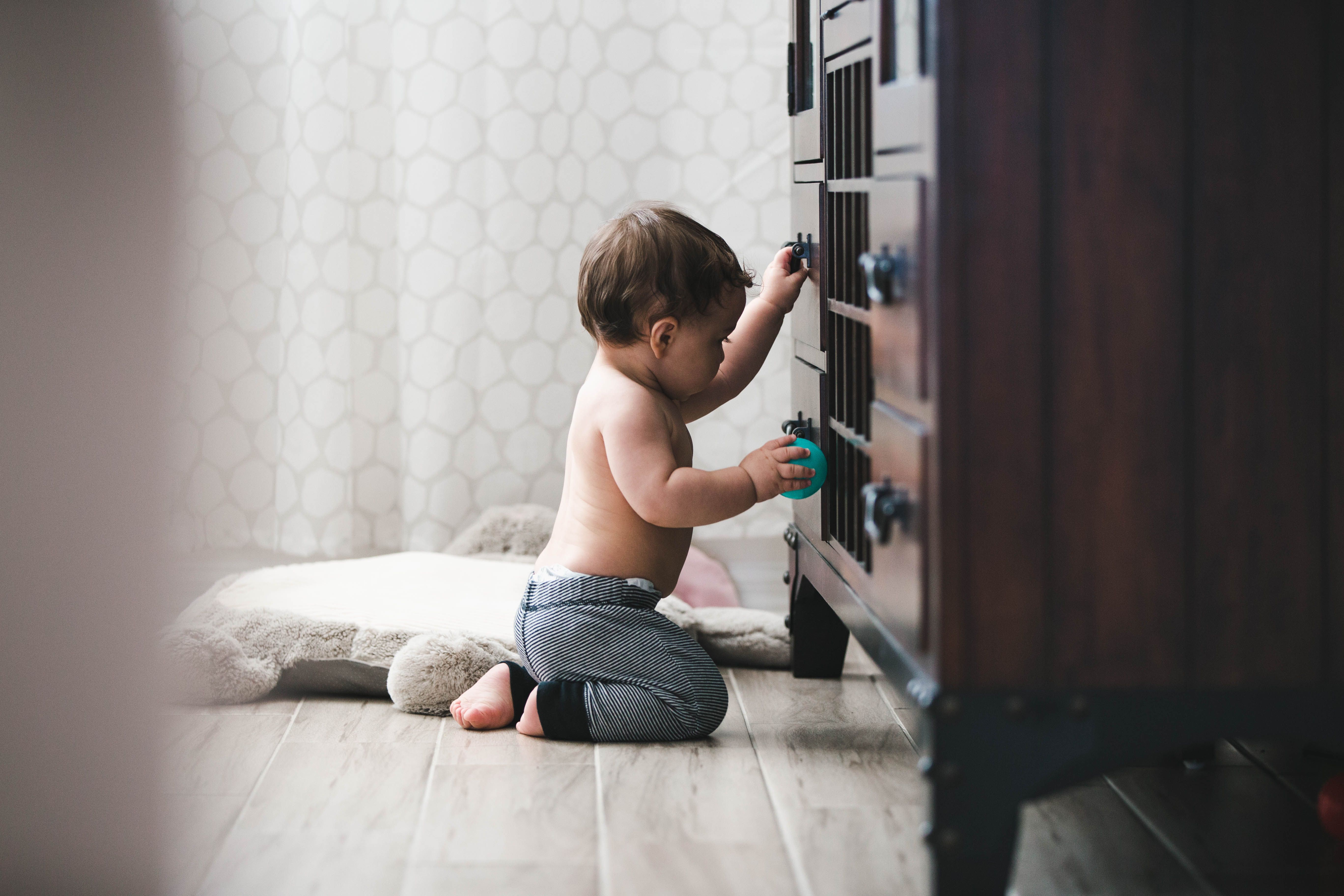
Install Safety Gates: Put up gates at the top and bottom of stairs. Opt for hardware-mounted gates, especially at the top of the stairs. These gates provide a physical barrier that prevents falls and keeps little ones away from potential hazards.
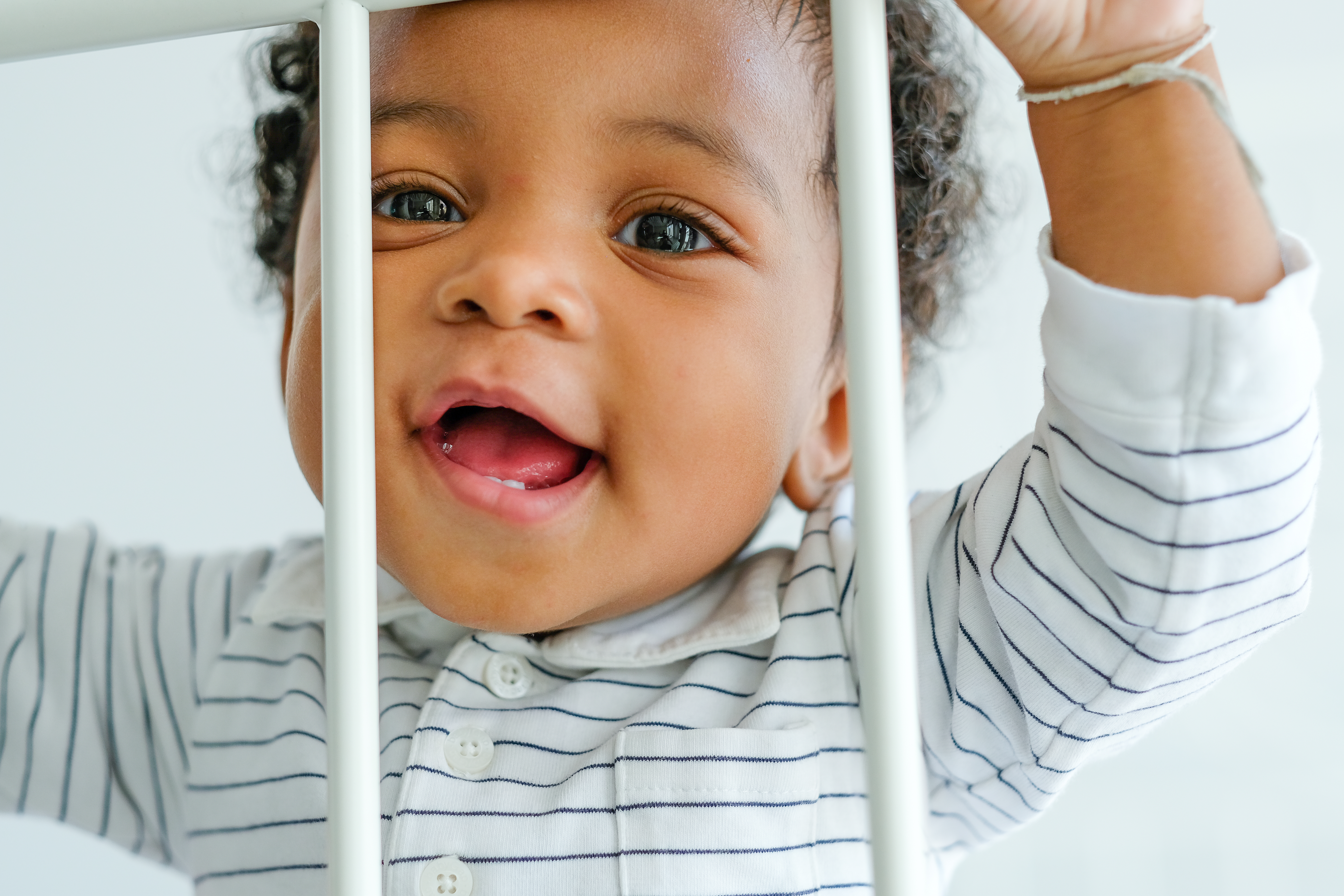
Lock Windows and Doors: Install window guards and safety locks. Kids are curious about the outside world, but windows can be dangerous. Window guards prevent falls, while safety locks on doors prevent little explorers from wandering outside unsupervised.
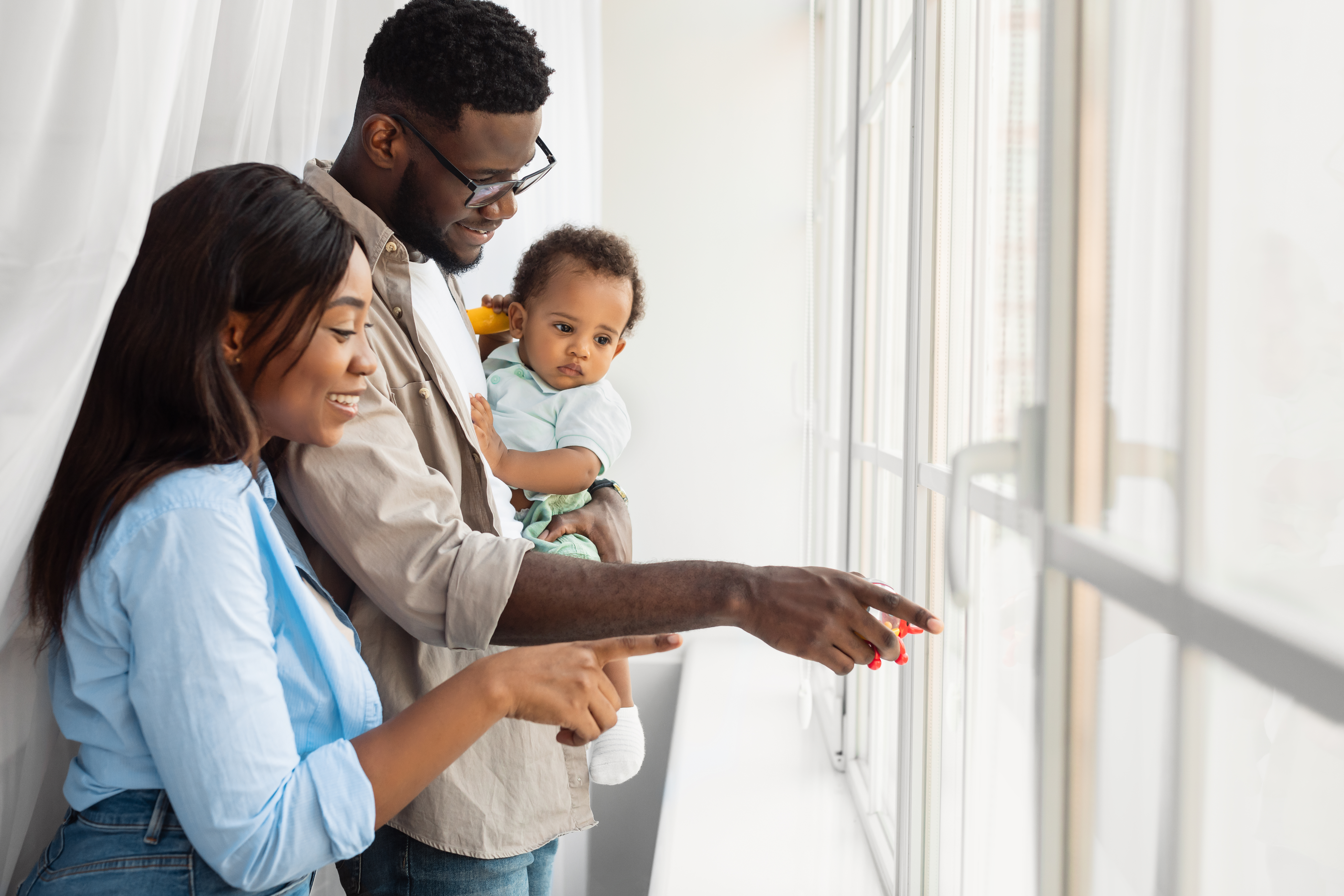
Guard Against Sharp Corners: Use corner protectors on furniture. Toddlers wobble and fall, and sharp corners can be hazardous. Corner protectors provide a cushioned barrier, reducing the risk of injury from accidental bumps and falls.
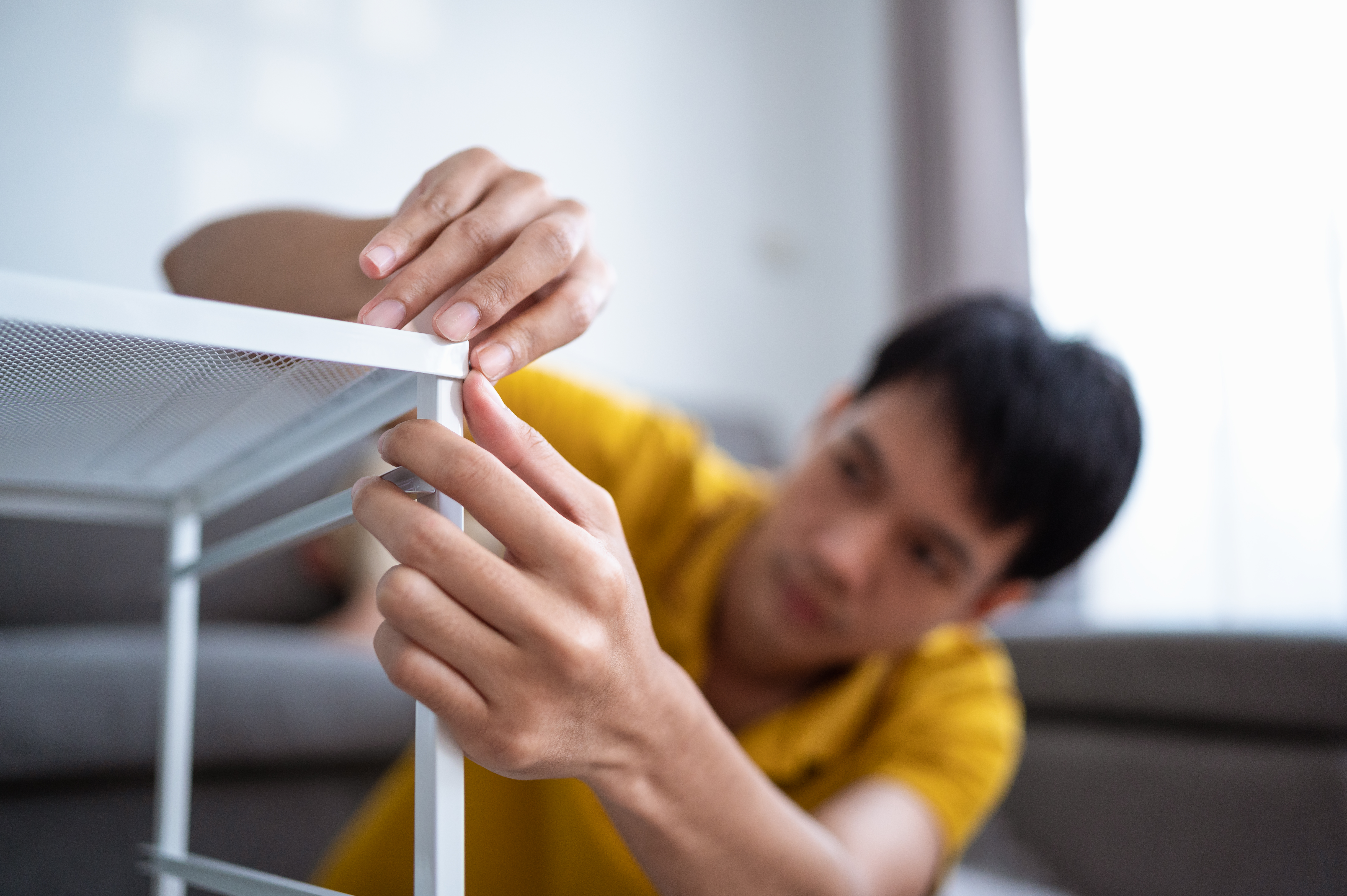
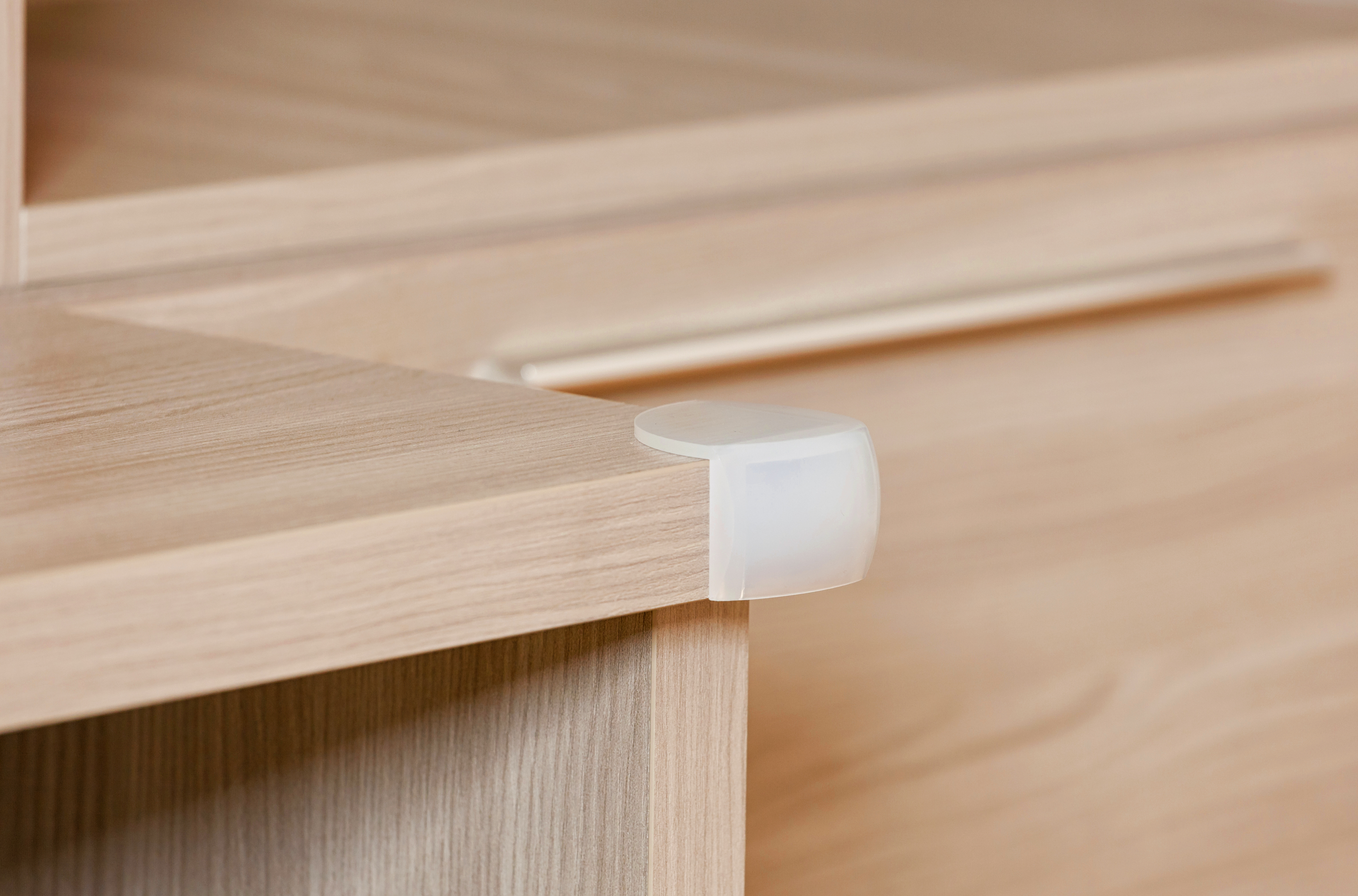
Hide Electrical Cords and Outlets: Use cord shorteners for blinds and curtains and electrical outlet covers. Electrical hazards are often overlooked but are incredibly dangerous. Outlet covers prevent curious fingers from accessing outlets, reducing the risk of electric shocks and burns. While cord shortners can prevent your child from becoming tangled up and injured by the excess length.
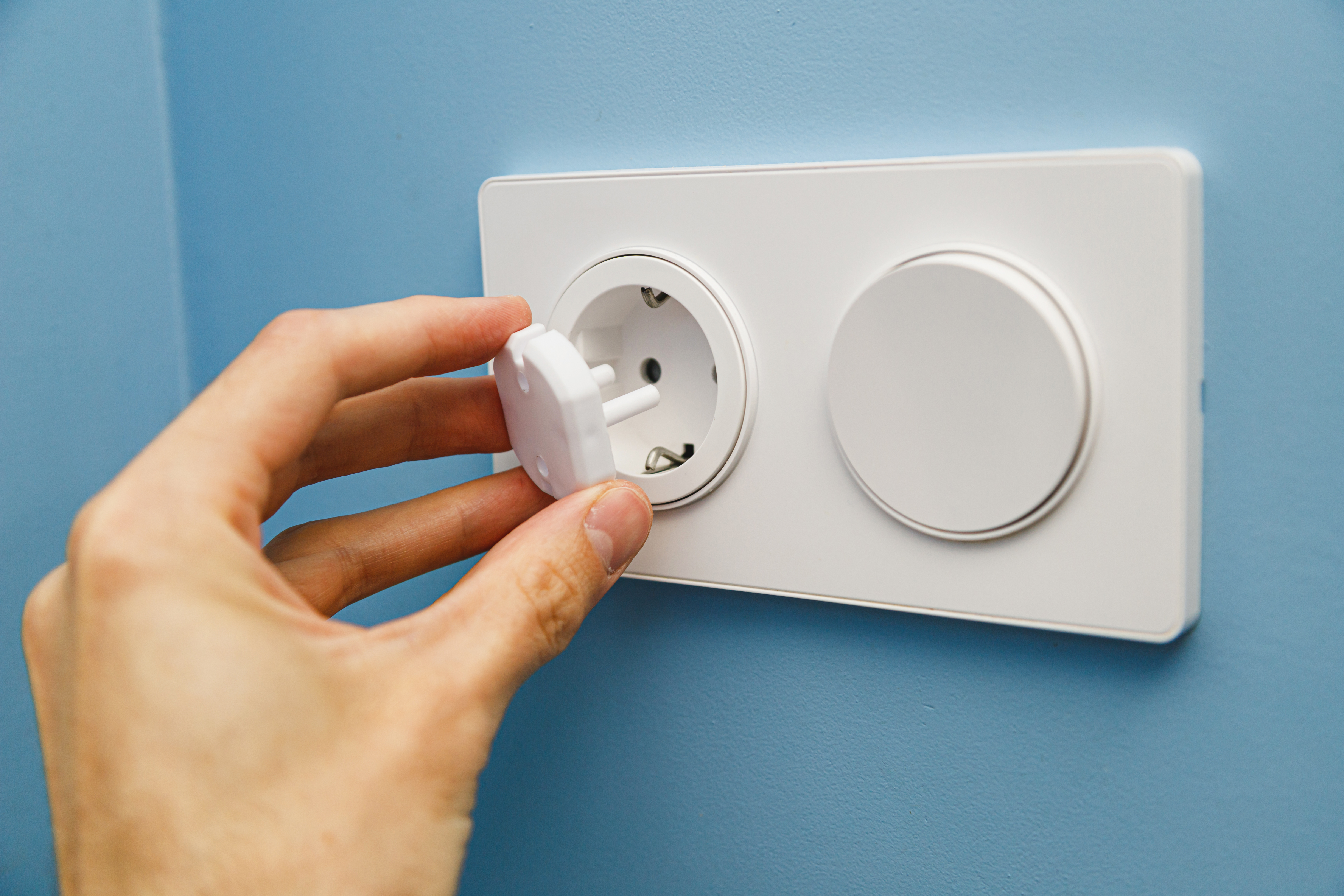
Secure the Bathroom: Install toilet locks and keep medicines and cosmetics out of reach. The bathroom is full of risks, from drowning to poisoning. Toilet locks prevent toddlers from playing in the toilet, while keeping medicines and cosmetics out of reach reduces the risk of accidental ingestion.
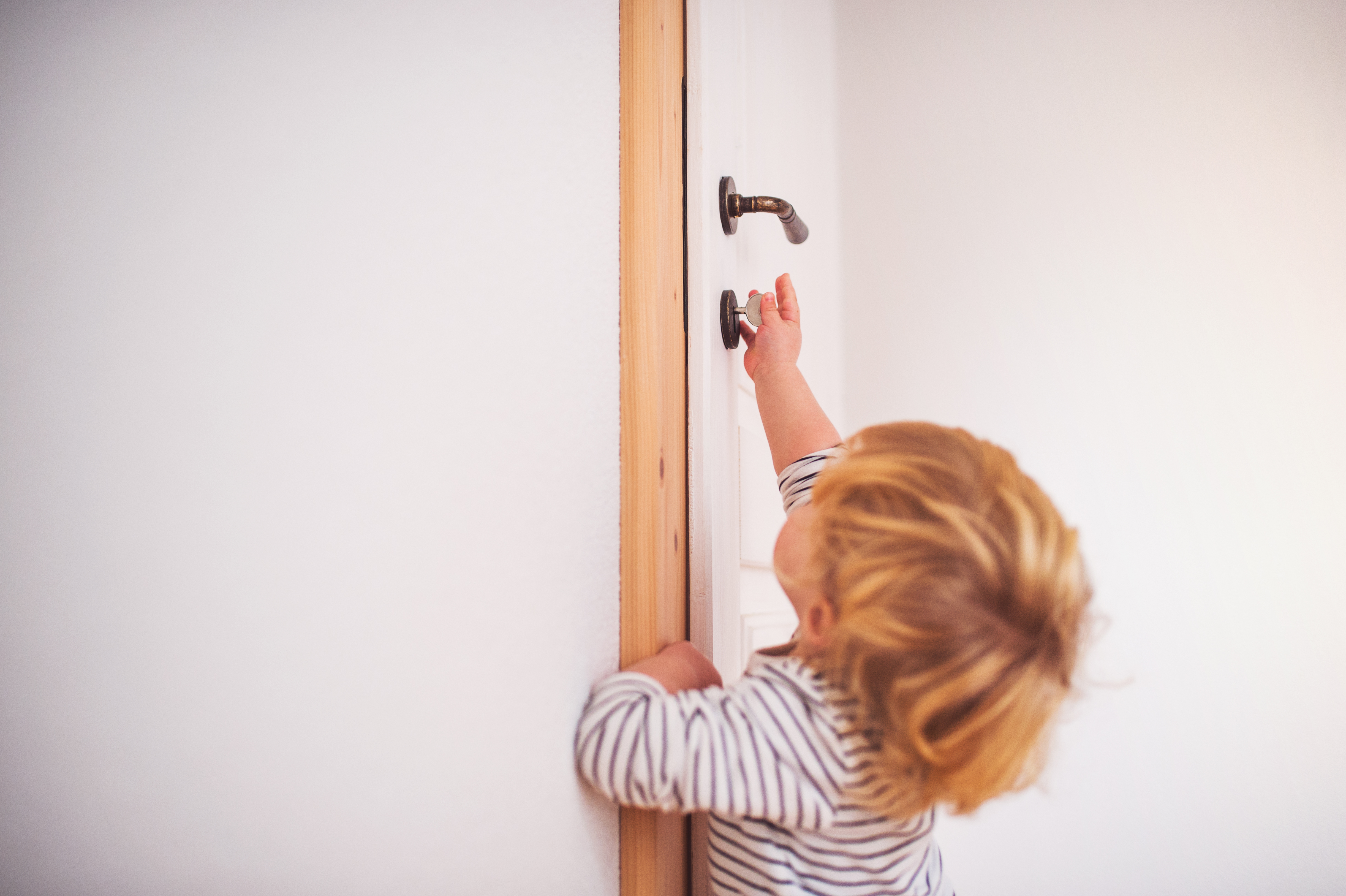
Kitchen Safety: Use stove knob covers and keep cleaning supplies locked away. The kitchen is a hotspot for potential accidents. Stove knob covers prevent accidental burns, while locking away cleaning supplies prevents poisoning and chemical burns.
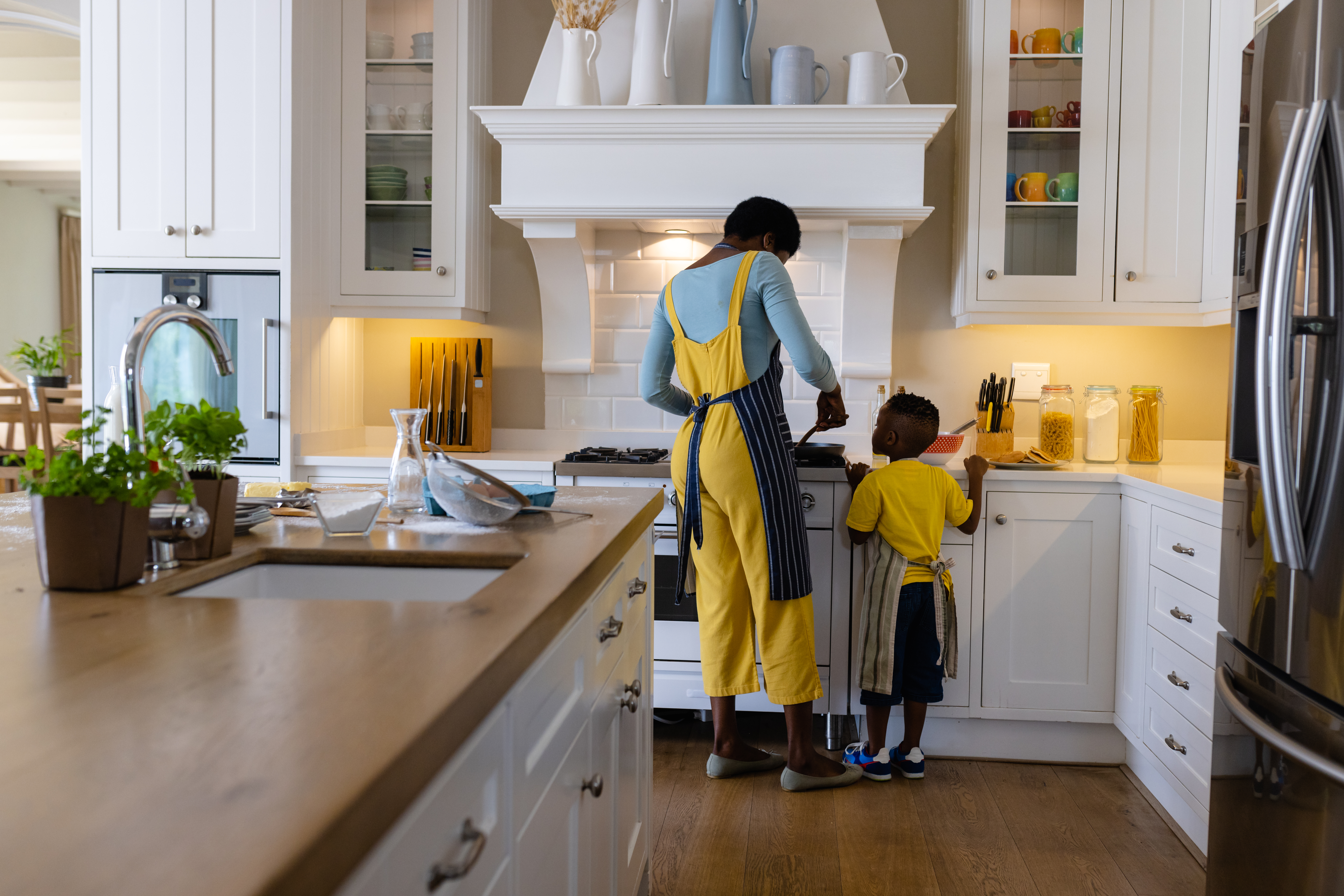
Keep Small Objects Out of Reach: Choking hazards are a big concern. Regularly check floors and low surfaces for dangerous items. Be diligent about picking up small objects such as coins, buttons, and small toys to prevent choking hazards.

Additional Tips for a Safe Home:
Stay Vigilant: Always supervise your child, especially in areas like the kitchen and bathroom. While childproofing is essential, nothing replaces the watchful eye of a parent or caregiver.
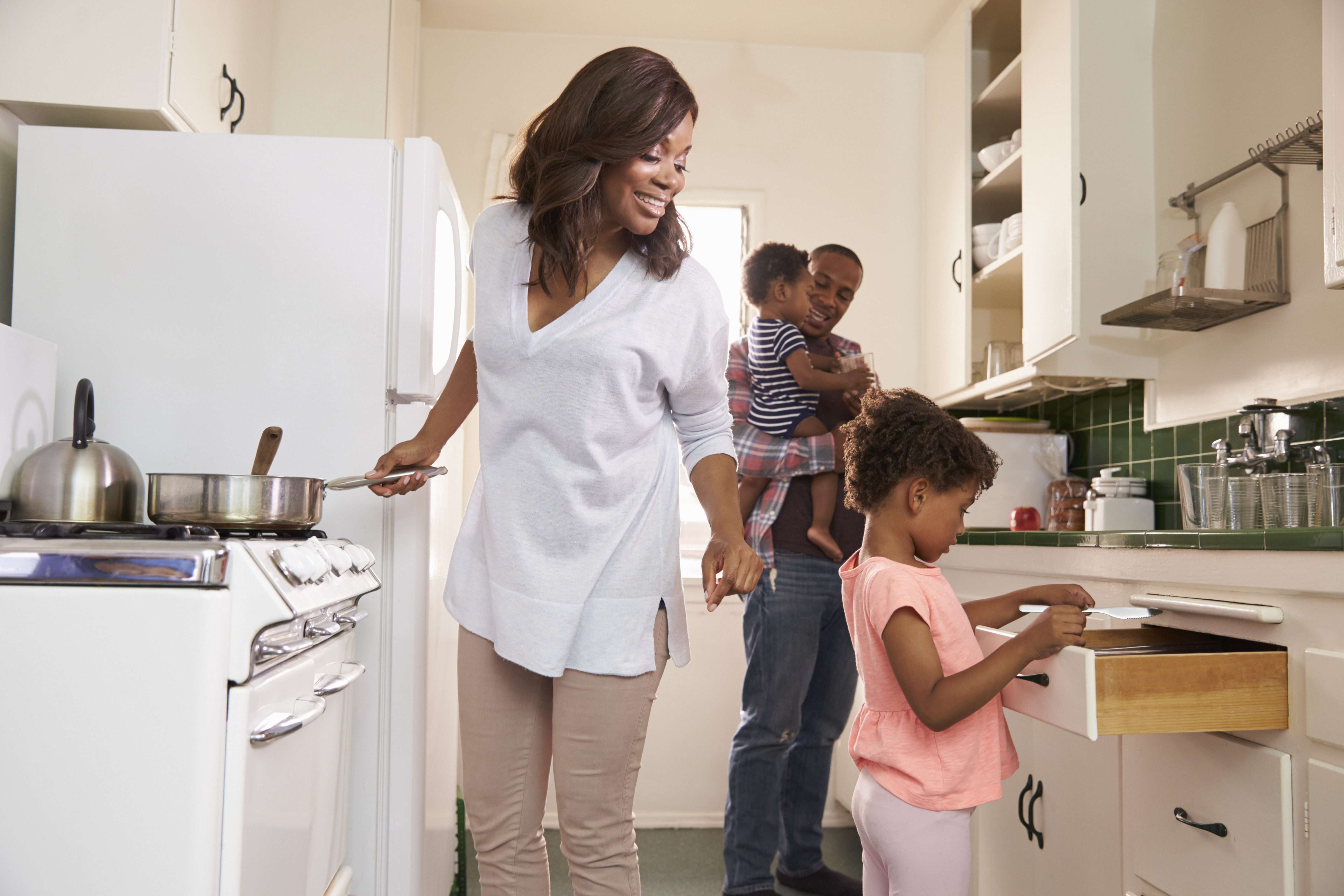
Educate Yourself: Know basic first aid and CPR. It’s crucial in emergencies. Taking a first aid and CPR course equips you with the knowledge and skills to respond effectively in case of an emergency.
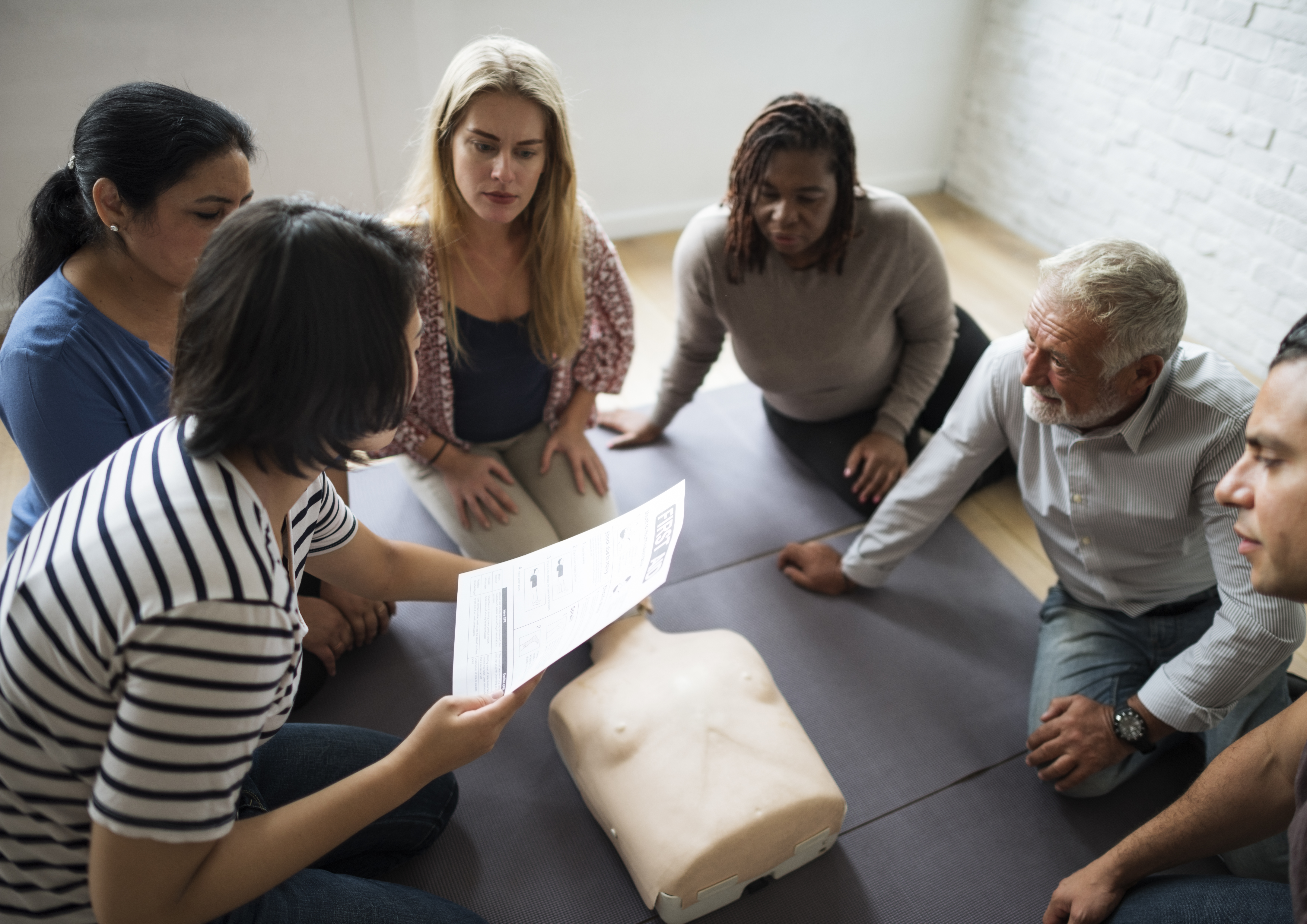
Regular Checkups: Regularly walk through your home to check for new hazards. As your child grows, so do their abilities to reach and explore new things. Stay proactive by conducting regular safety checks to identify and address potential hazards promptly.
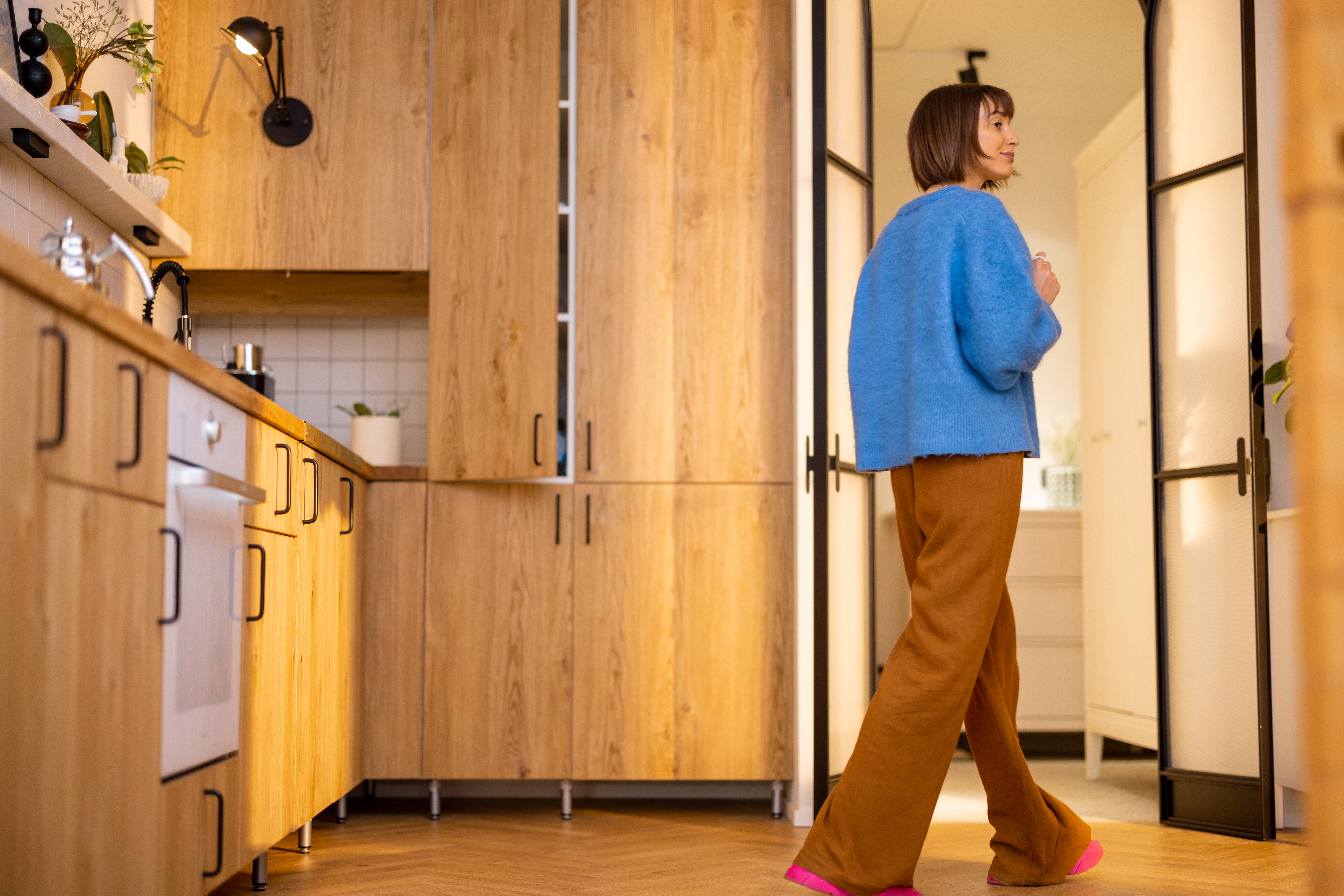
Create a Safe Play Area: Designate a special area in your home where your child can play freely and safely. A designated play area allows your child to explore and play without the risk of encountering hazards found in other parts of the home.

Be a Role Model: Show your child how to interact with their environment safely. They learn by watching you! Model safe behaviors such as using safety equipment correctly, handling objects with care, and following household safety rules.
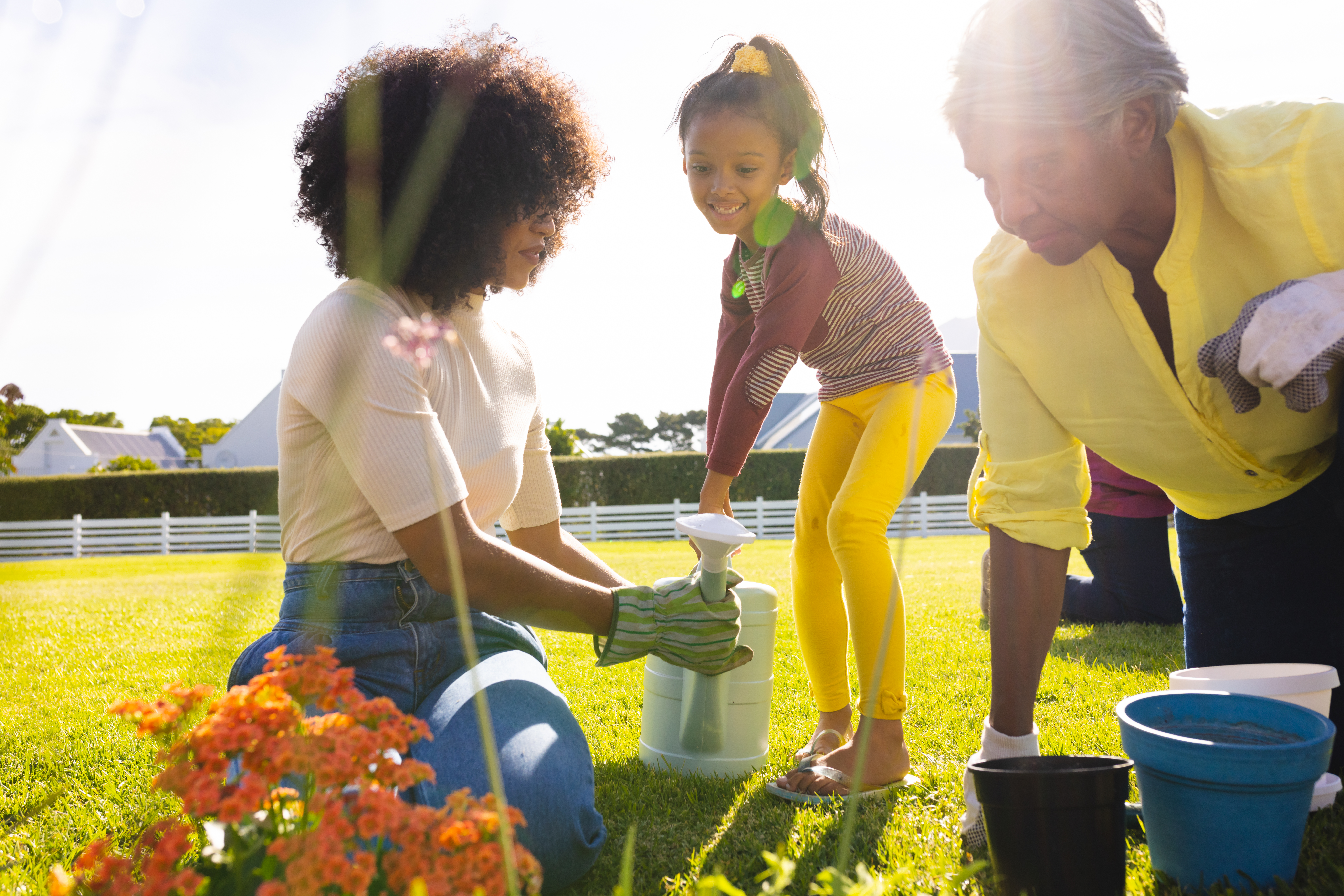
Childproofing isn't just about adding locks and gates; it's about creating an environment where your little ones can safely satisfy their curiosity and thrive. Remember, the goal isn't to bubble-wrap your home but to make it a secure place for exploration and growth. Happy childproofing!



